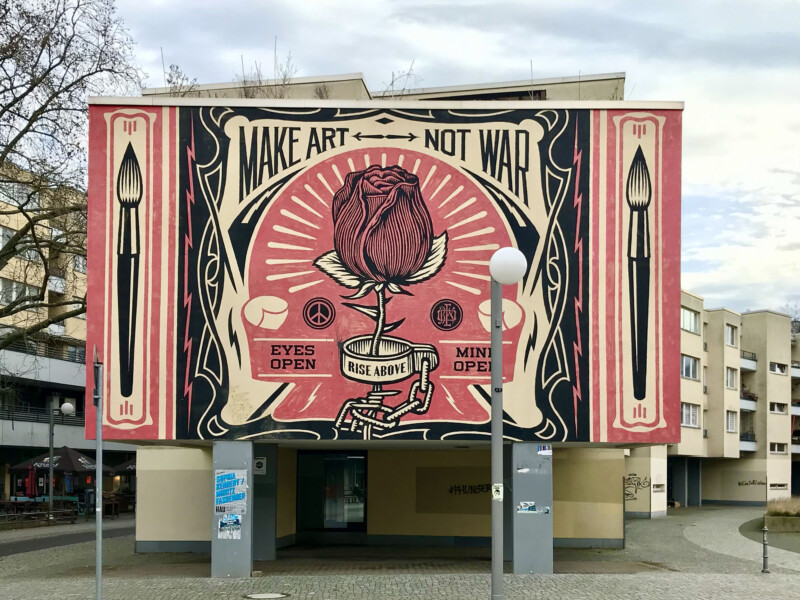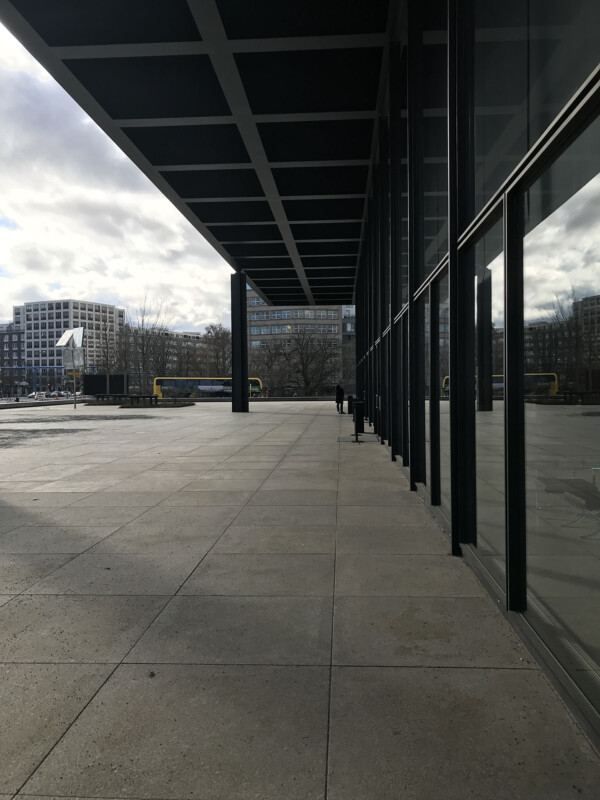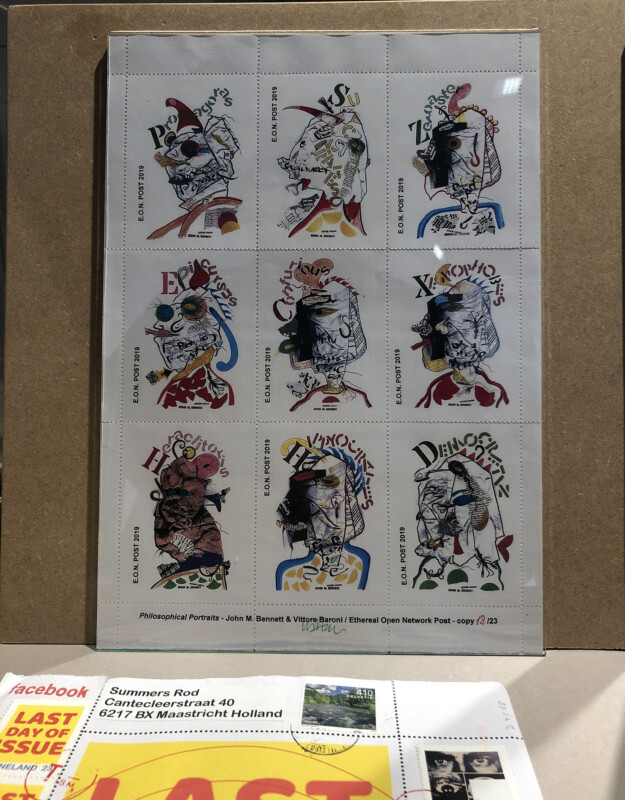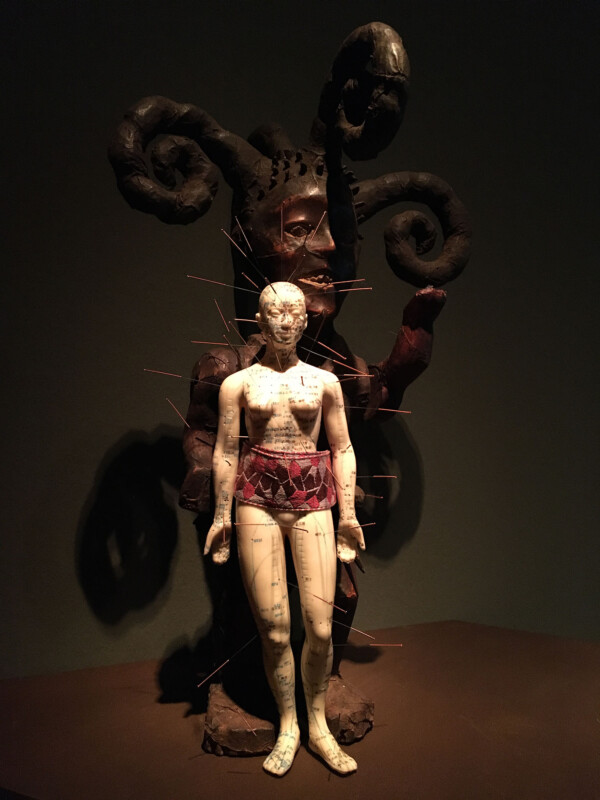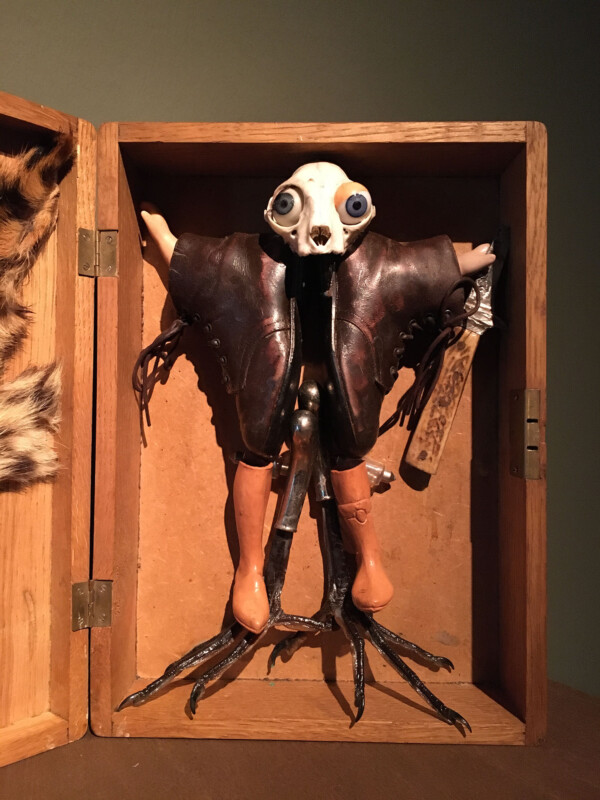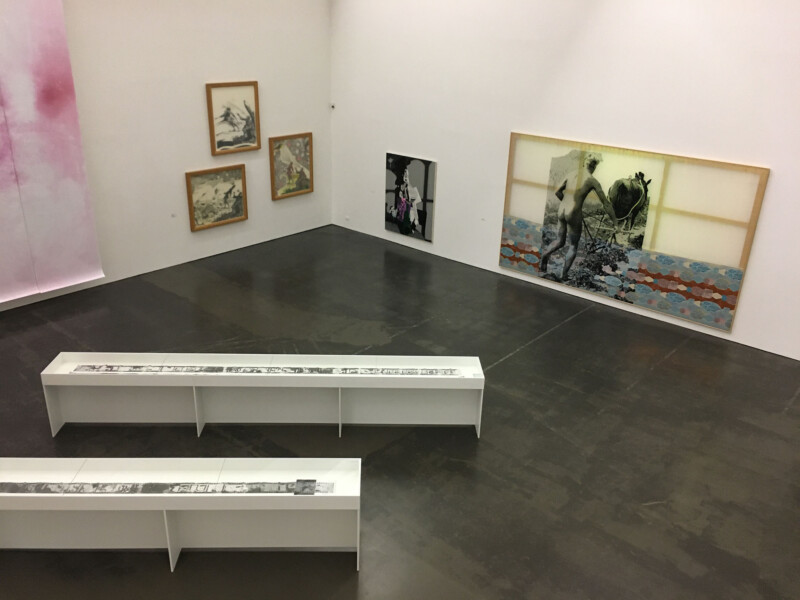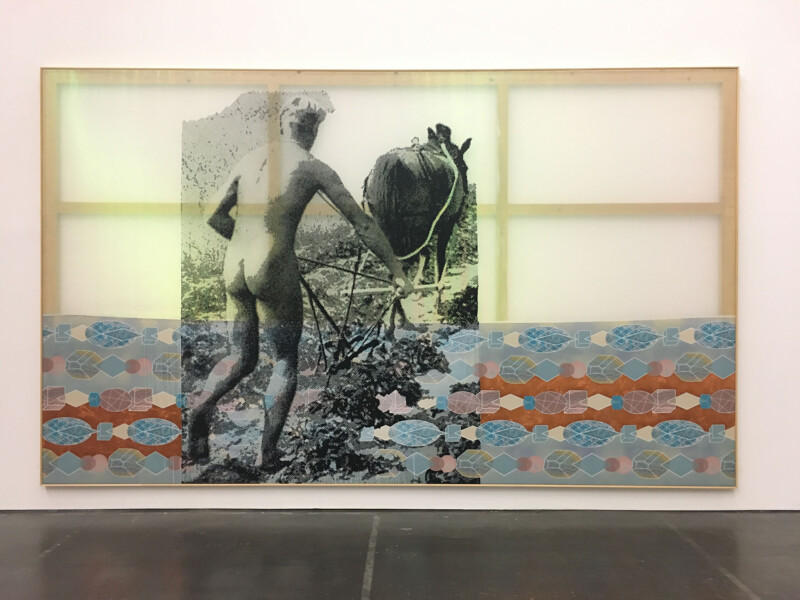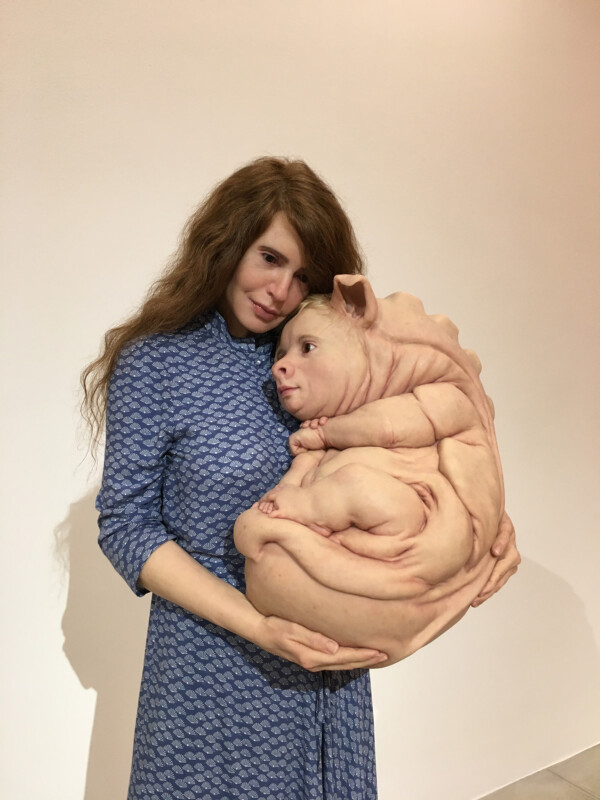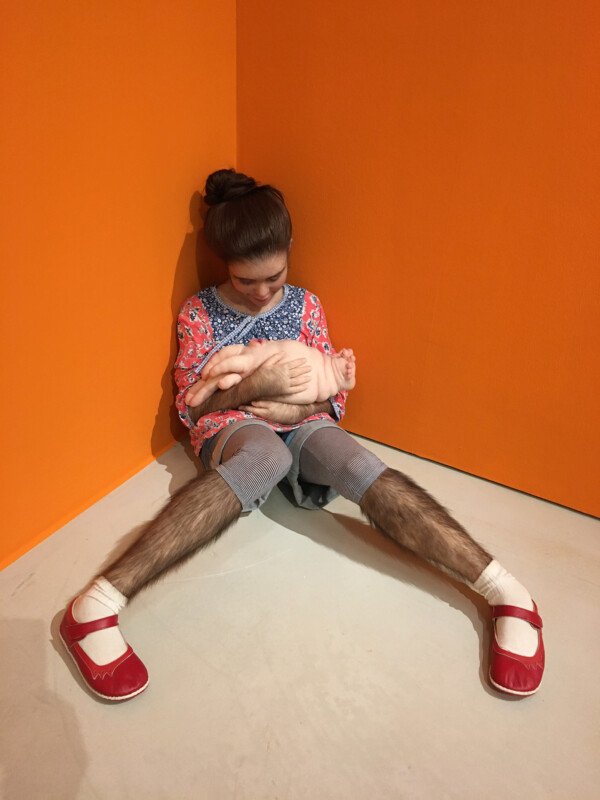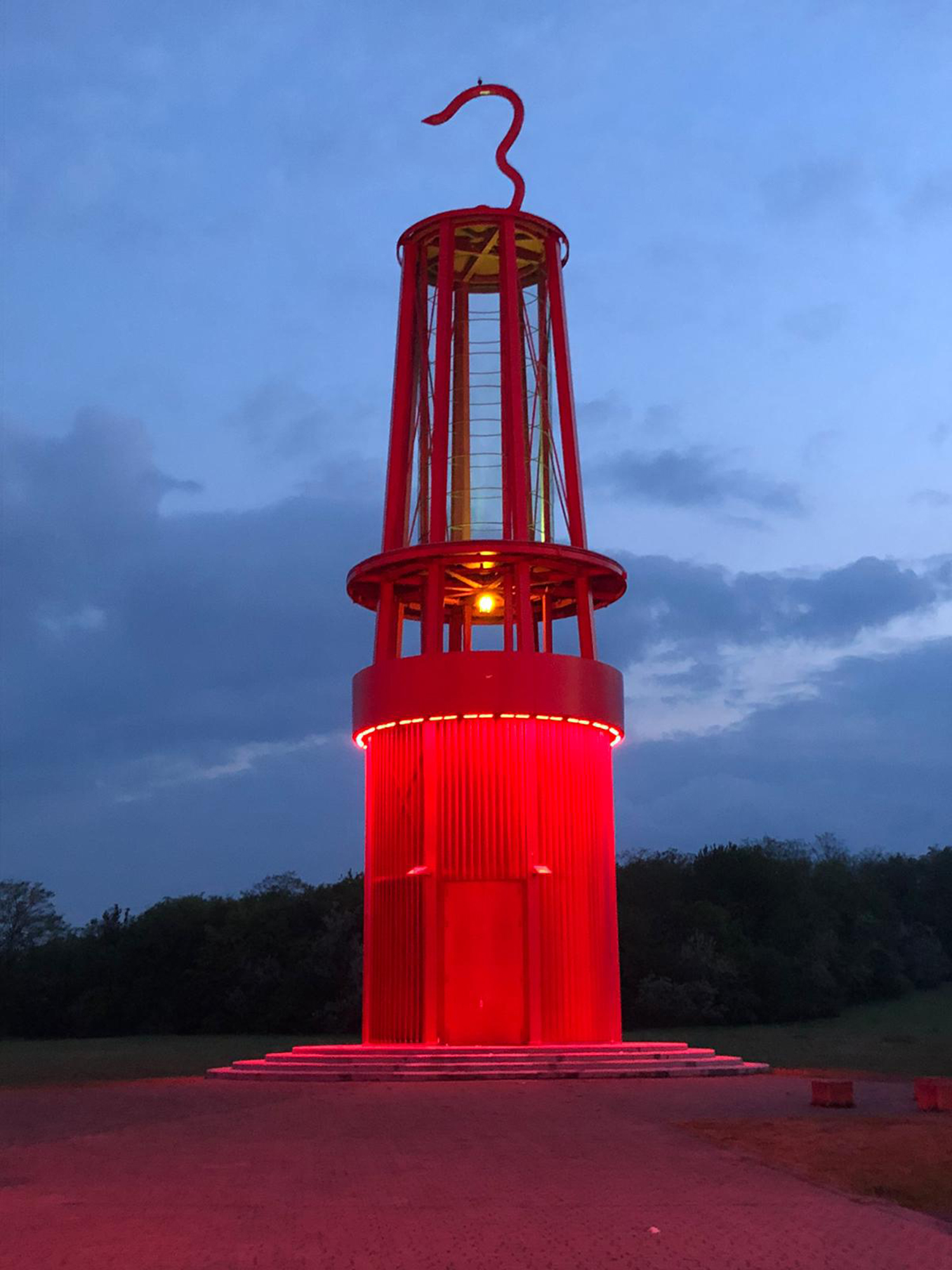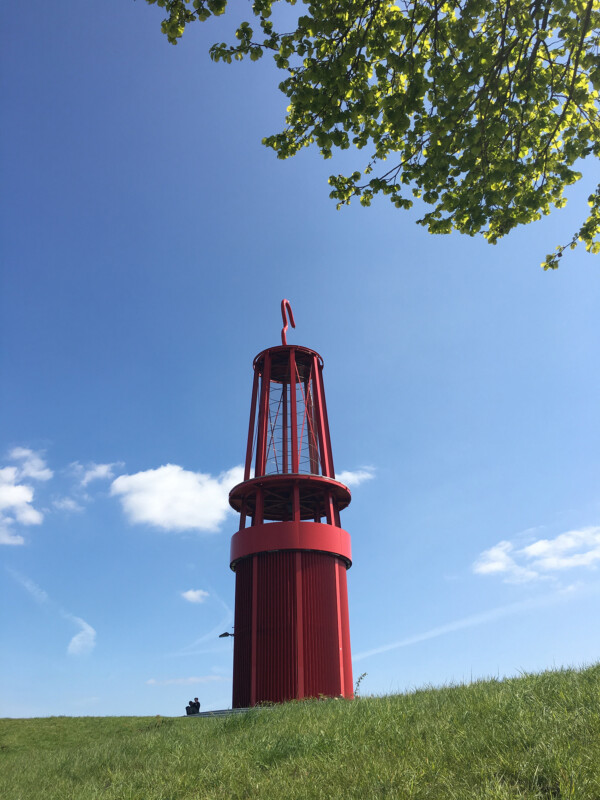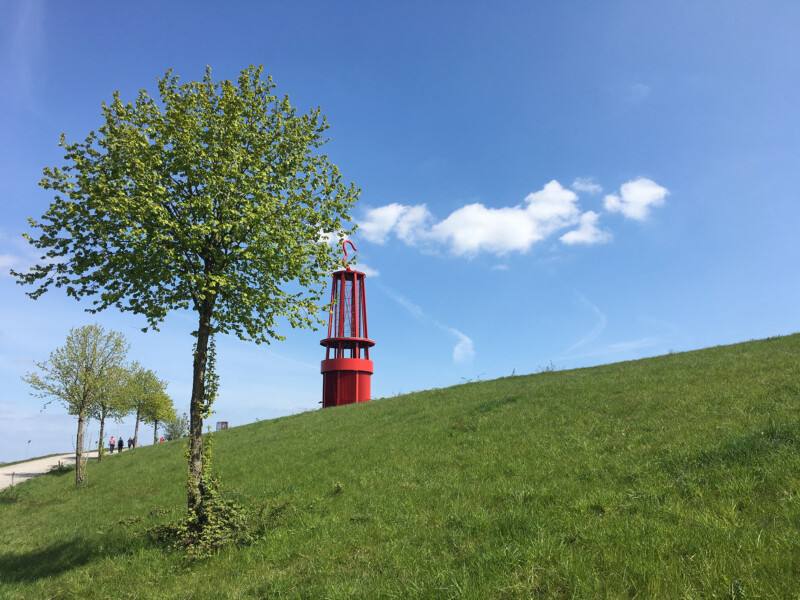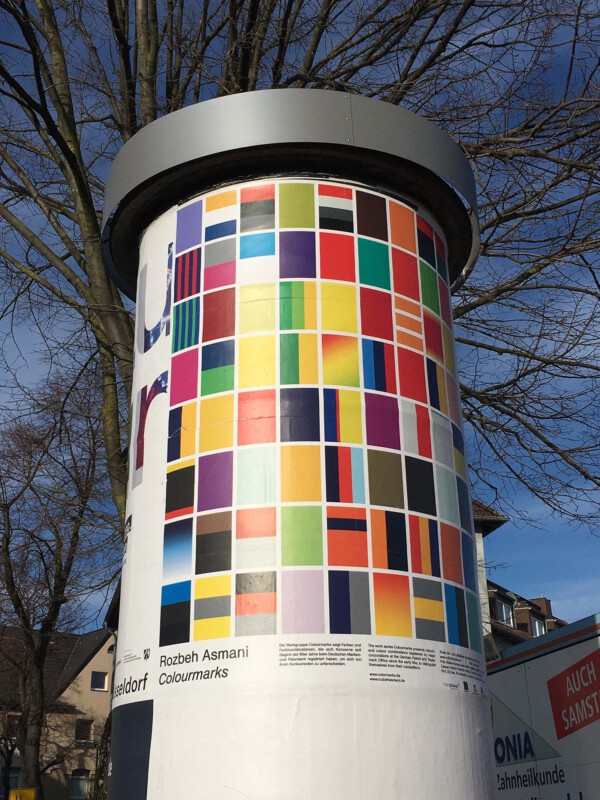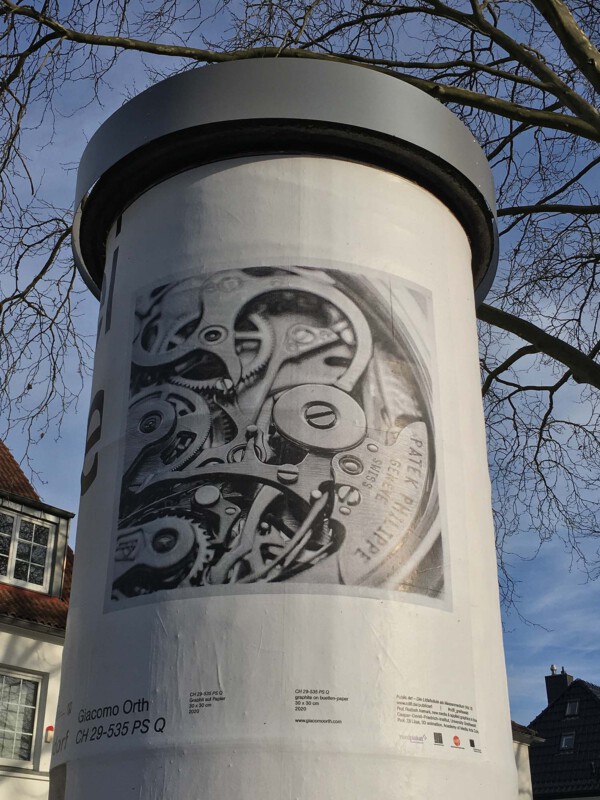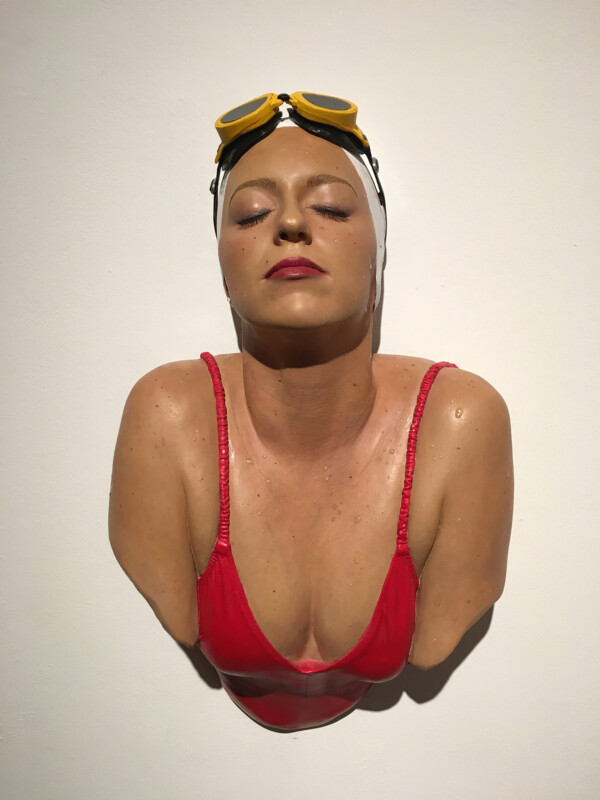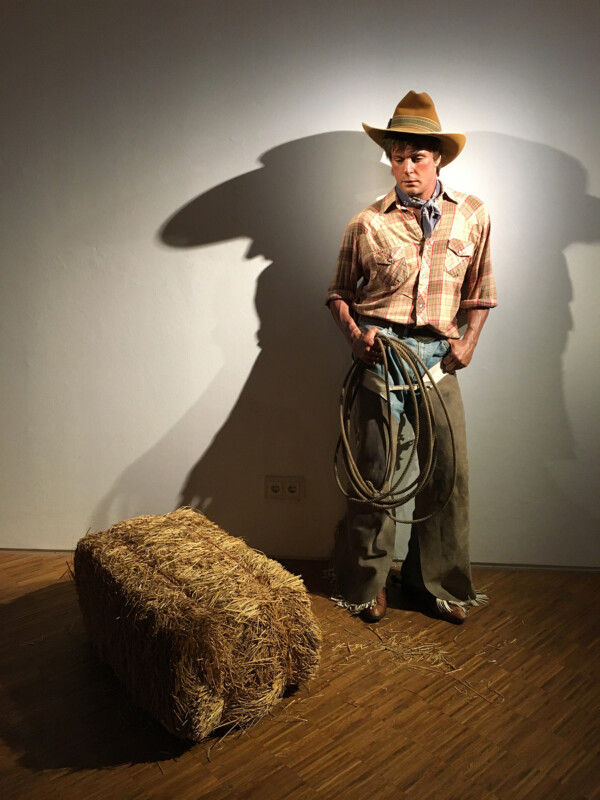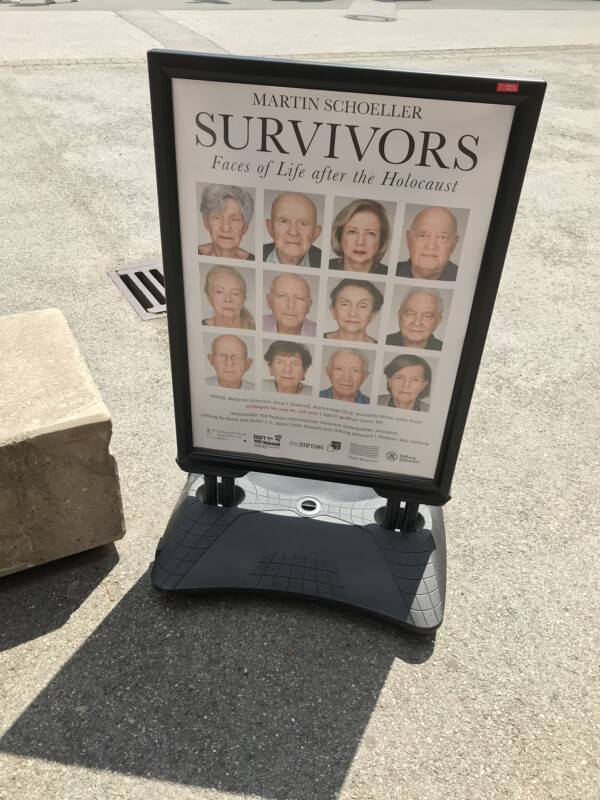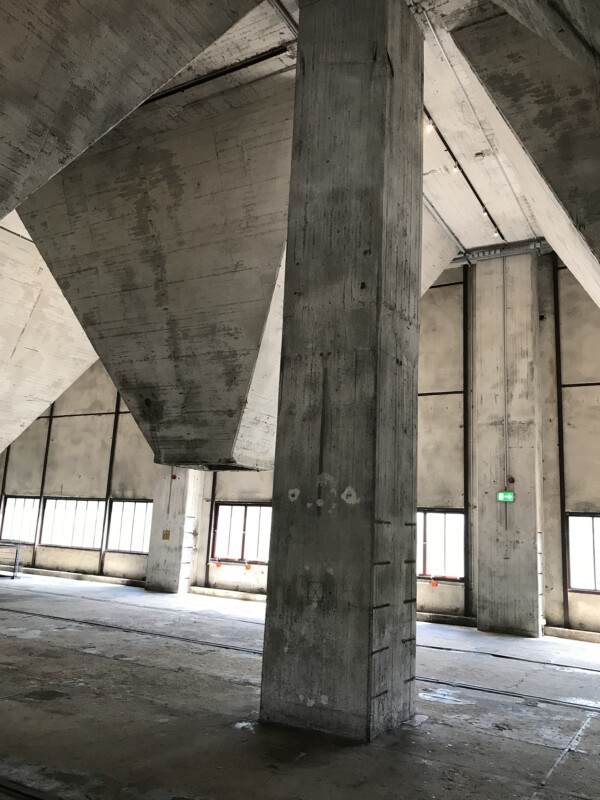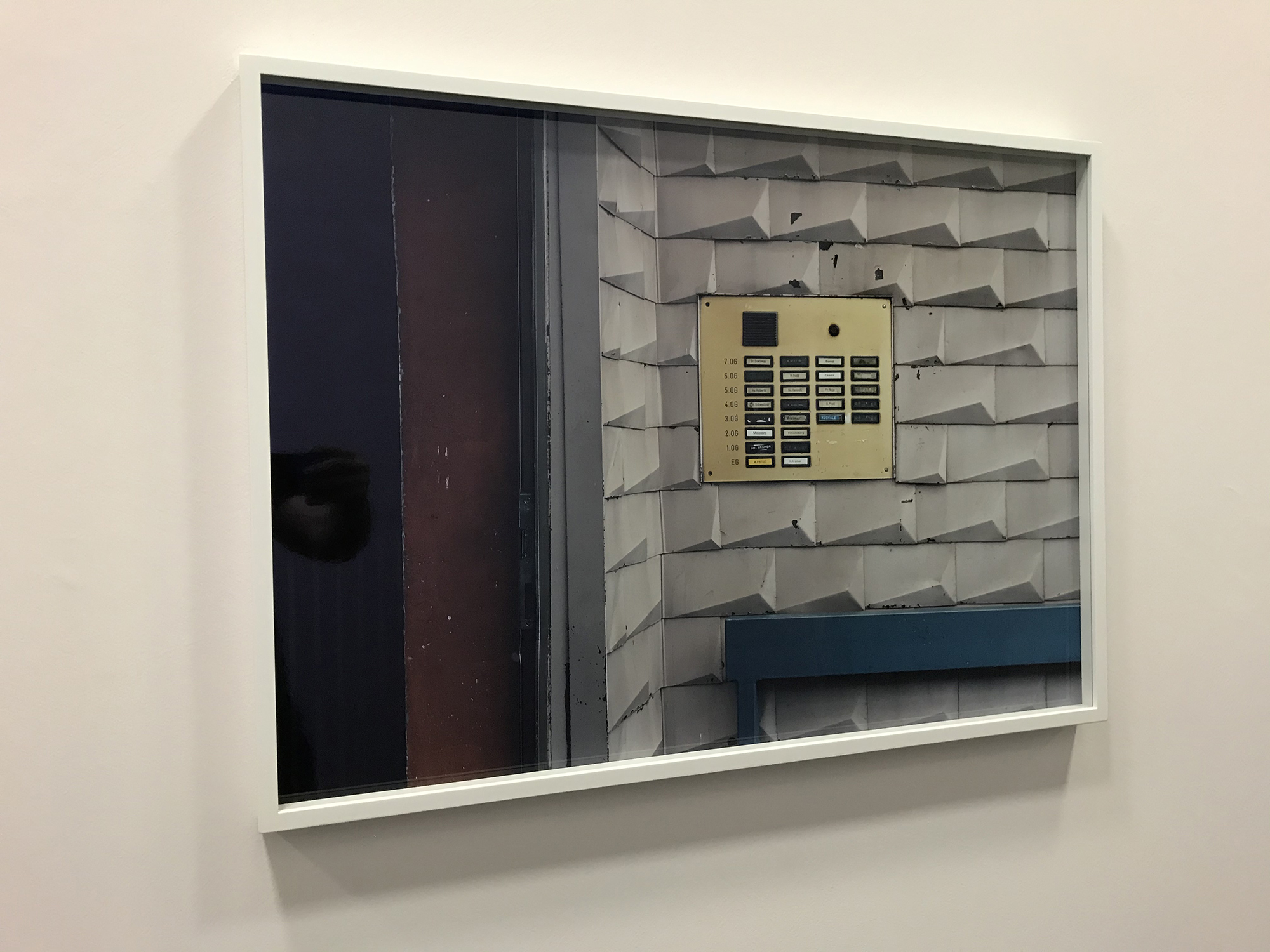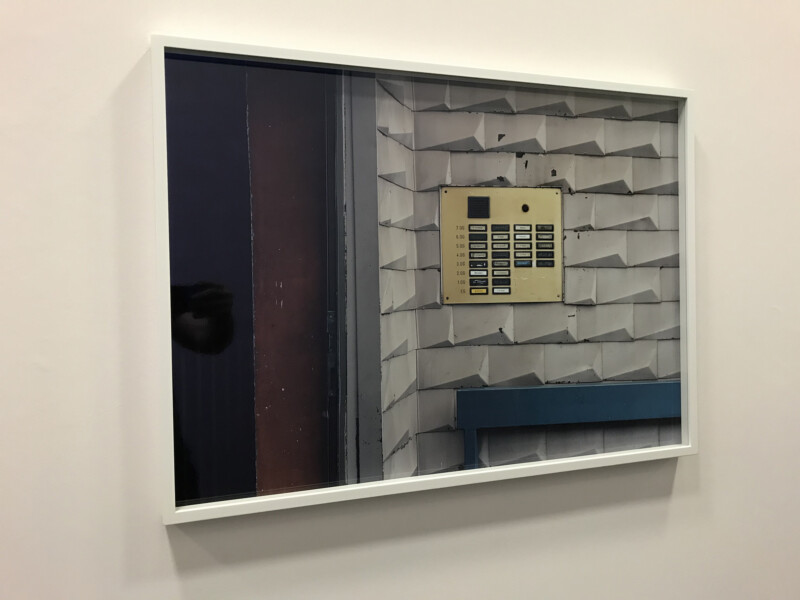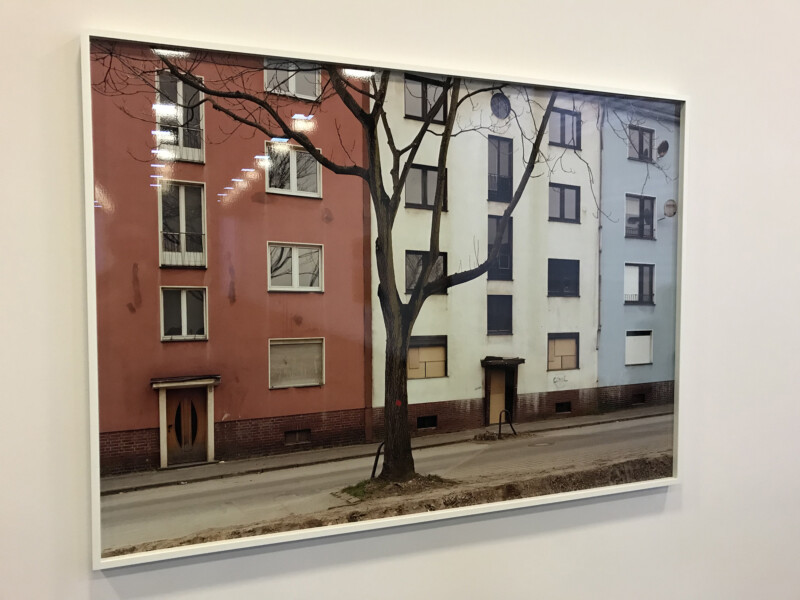Eine Berlinreise lohnt sich immer – einige der Highlights waren:
* Wandgemälde MAKE ART NOT WAR von Obey (Shepard Fairey)
28 Mehringplatz, 10969 Berlin
eine interessante Seite, auf der man alle Streetart weltweit entdecken kann ist hier zu sehen
* Die Neue Nationalgalerie ist nach jahrelanger Sanierung (2015 – 2021) wieder geöffnet. Die Architektur von Ludwig Mies van der Rohe hat mich wieder einmal fasziniert. Die derzeitigen Sonderausstellungen u.a. über Gerhard Richter und Josephine Baker sind genauso sehenswert wie die Dauerausstellung.
* Ein Besuch im Jüdischen Museum Berlin – beeindruckende Architektur von Daniel Libeskind und eine umfangreiche, sehr eindrückliche Dauerausstellung haben mich überzeugt. Besonders hervorheben möchte ich die Installation im Memory Void, einem der symbolischen Leerräume im Libeskind-Bau: SCHALECHET (Gefallenes Laub) von Menashe Kadishman: Über 10.000 Gesichter mit aufgerissenen Mündern, aus schweren, runden Eisenplatten geschnitten. Es ist erlaubt, das Kunstwerk zu betreten – dadurch entstehen metallische, industrielle, harte Geräusche, die von den hohen Wänden widerhallen. Sehr bedrückend.
english version:
A trip to Berlin is always worthwhile – some of the highlights were:
* Mural MAKE ART NOT WAR by Obey (Shepard Fairey)
28 Mehringplatz, 10969 Berlin
an interesting site where you can discover all street art worldwide can be found here
* The Neue Nationalgalerie is open again after years of renovation (2015 – 2021). The architecture of Ludwig Mies van der Rohe fascinated me once again. The current special exhibitions on Gerhard Richter and Josephine Baker, among others, are just as worth seeing as the permanent exhibition.
* A visit to the Jewish Museum Berlin – impressive architecture by Daniel Libeskind and an extensive, very impressive permanent exhibition convinced me. I would particularly like to highlight the installation in the Memory Void, one of the symbolic empty spaces in the Libeskind building: SCHALECHET (Fallen Leaves) by Menashe Kadishman: over 10,000 faces with torn open mouths, cut out of heavy, round iron plates. It is permitted to enter the artwork – this creates metallic, industrial, hard noises that echo off the high walls. Very oppressive.

